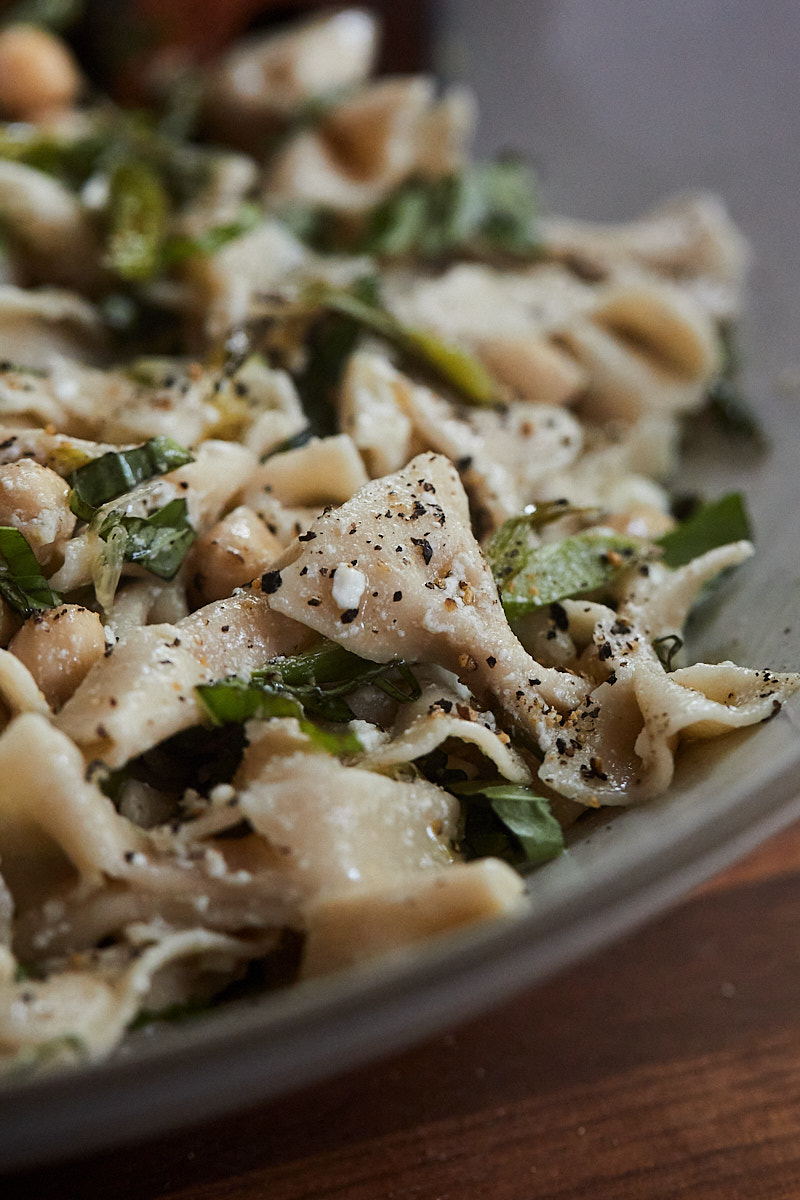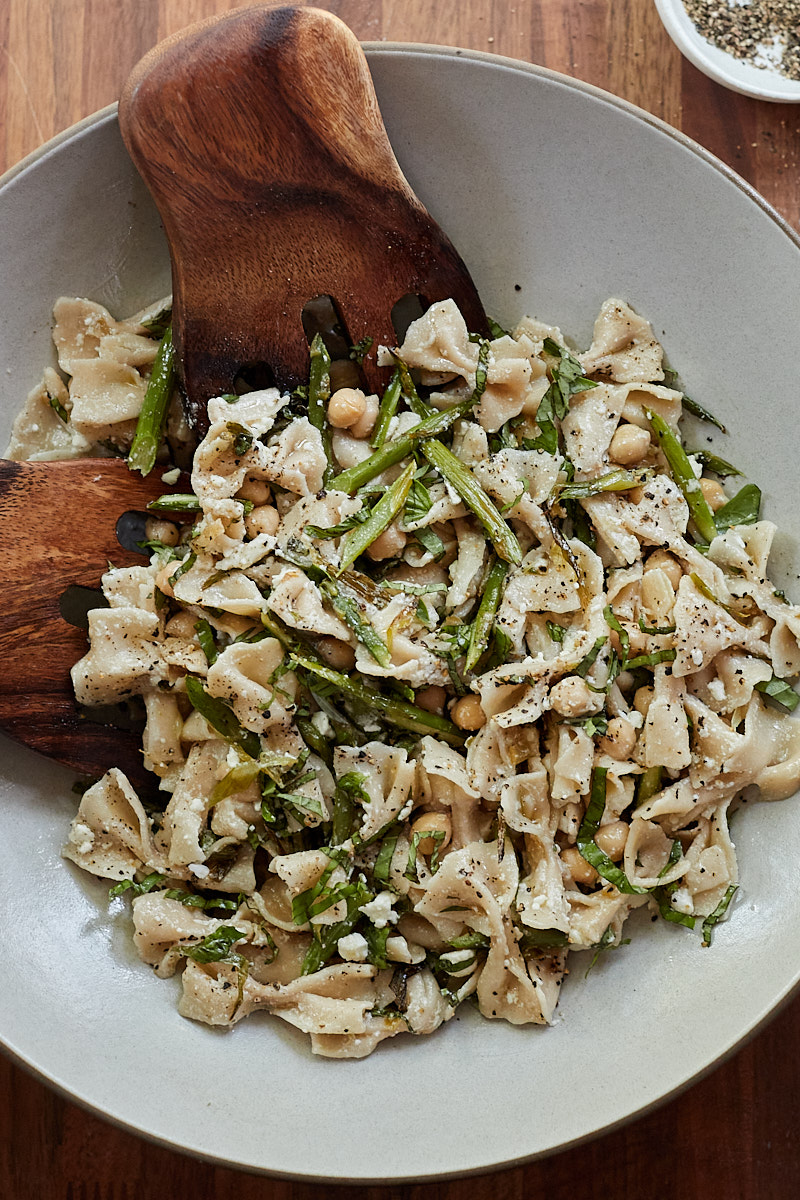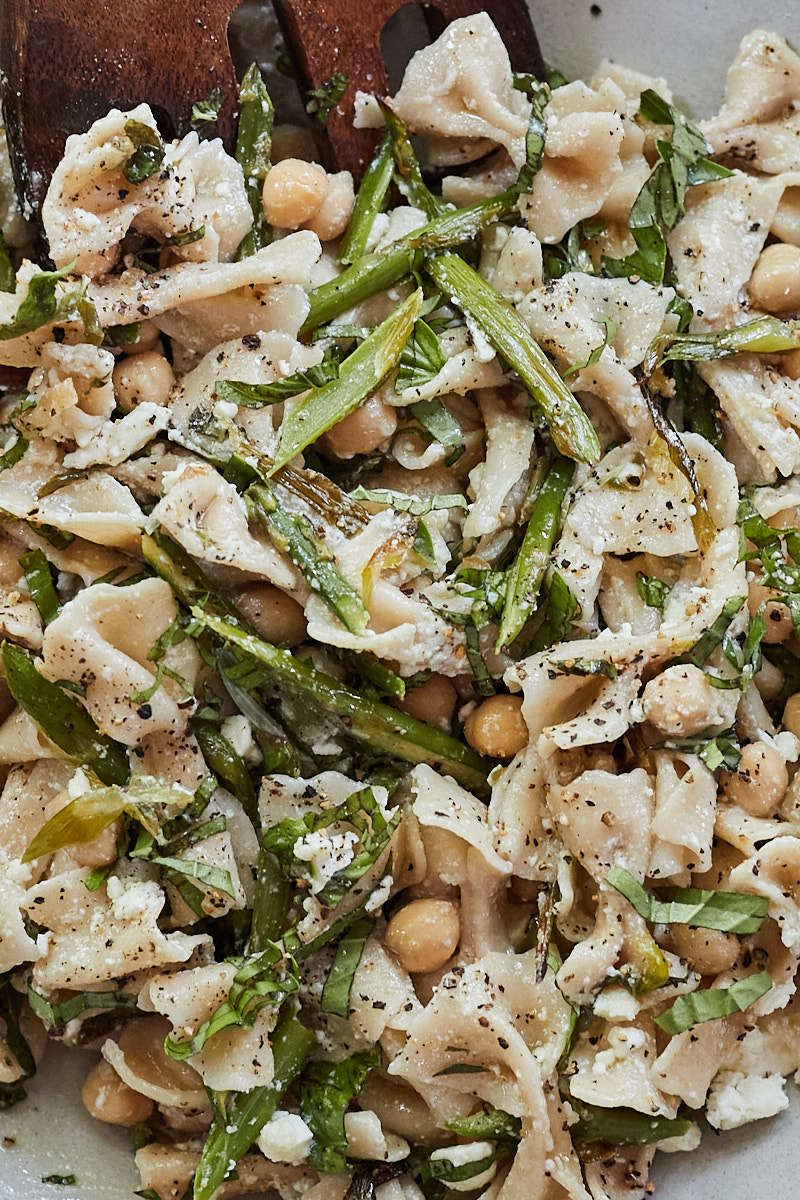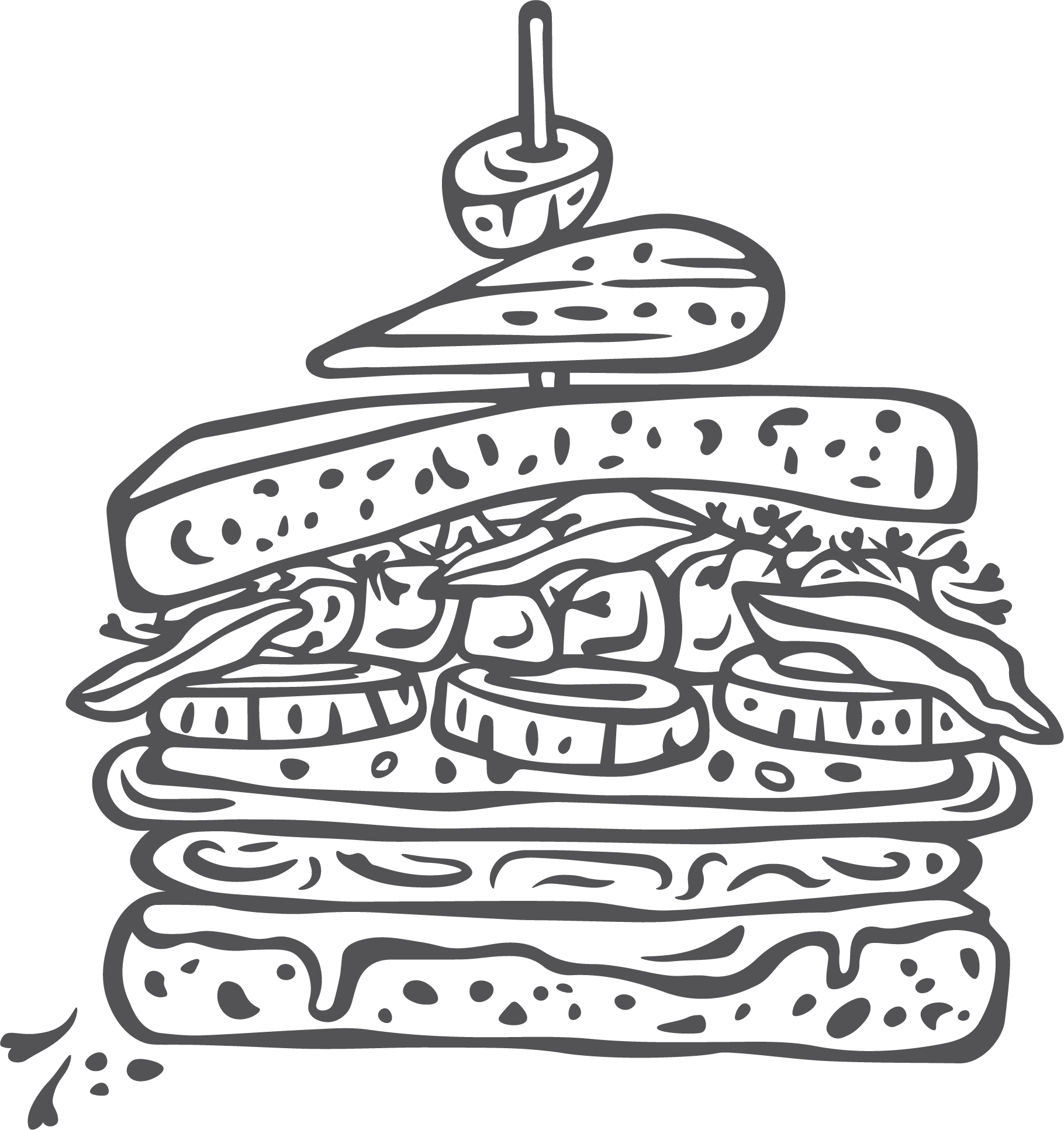Being a person who doesn't lean into cooking repetition, I have moments where I forget different types of meals even exist. That is, until I remember, and I then spend a few weeks obsessed. Take, for example, this asparagus pasta salad. I had forgotten that pasta, in what we call a 'salad,' was a thing. That is until I was grocery shopping, desperately hungry, and picked up a premade version from the cold case. And thus, my current pasta salad obsession was born.

I'm known to add various vegetables to my pasta salad. However, this time of year, when spring and summer overlap, is for asparagus. This asparagus pasta salad features one of my favorite combinations. There is the tail-end of the asparagus season and the beginning of basil. While I shared a hot pasta dish, I figured it was time to share this combination in a cold dish as well!
The two are a great flavor combination, both assertive in their own way. Of course, if you look at the recipe, you'll see I've used a few assertive flavors in the overall recipe—this pasta salad is multifaceted!
The key to using asparagus for pasta salad is focusing on texture. I like the asparagus to be tender but still hold shape and have just a bit of bite—no mushy asparagus, please!
To do this, I recommend a hot grill or broiler. The high heat creates nice browning on the outside without completely melting the asparagus. I also like to treat the scallions in the same way, creating crispy bits of onion flavor to accompany the asparagus pieces.
In terms of pasta, I like shapes that are easy to eat in a single stab of a fork, grab onto any dressing, and have nooks available for vegetable pieces. These desires are why I typically reach for farfalle, otherwise known as bowtie. The pleats of the pasta make it perfect for capturing dressing and asparagus pieces.
As a bonus, if you're looking for a fun project, you can try making this shape. We're not picky here; if you already have a pasta shape you like on hand, use that.

Regarding the dressing, I prefer something luscious that coats the noodles well. I don't skimp on the olive oil when I go for a more acid-based dressing, like the one featured in this recipe.
For this dressing, the olive oil absorbs the garlic and preserved lemon flavor and evenly distributes it to the pasta, asparagus, and chickpeas. If you don't have preserved lemon, use a solid squeeze of lemon juice and a good amount of zest.
When I eat a pasta salad, it's typically a whole lunch. As such, I like to round out the dish with protein. This way, I can pack it in a cooler, take it on the road, and have a filling lunch after a hike.
Beyond this role, chickpeas help add just a bit of texture. Compared to beans and lentils, chickpeas have more structure. This bit of firmness helps add just enough contrast to the pasta, creating a layer of textures to keep things interesting.



